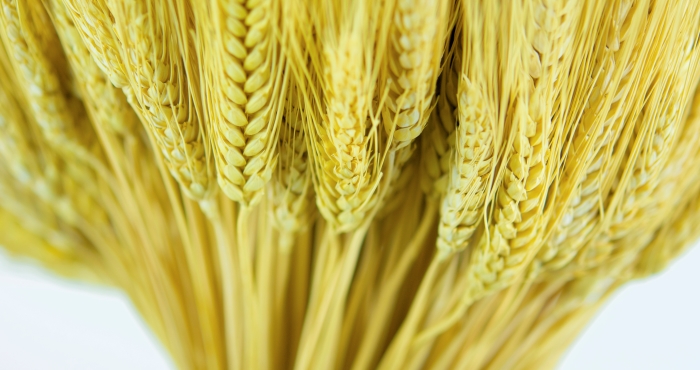
Seven weeks after we celebrate Passover, we mark the holiday of Shavuot—literally “weeks.” In the Bible, Shavuot was primarily an agricultural holiday, marking the end of the grain harvest and the beginning of a new agricultural season during which first fruits were brought to the Temple in Jerusalem. Later, Shavuot came to be associated with the giving of the Torah on Mt. Sinai. On Passover, we were physically freed from slavery; on Shavuot, our freedom is given purpose—we are free in order to serve God according to the dictates of the Torah. Shavuot is celebrated with an all-night study session called tikkun leil Shavuot. It is also common to eat cheesecake and other dairy foods, since the Torah is likened to milk and honey. In this section you will find some ideas for a women’s tikkun, feminine blessings for the Torah, and some poetry and meditations.
“What if the Torah had been interpreted by us all instead of just a few?”
Bringing mindfulness to the act of welcoming guests through a chant and series of ritual intentions
Recipe for Persian frittata and Mashka Duah for Shavuot
“torah is change”
“May the love in our hearts flower again”
“The commandments were given and all people heard”
Join us for a special event with the acclaimed writer to learn, write and ask your questions.
Great for devoted readers, seasoned writers and those interested in storytelling!
Subscribe for the latest rituals, online learning opportunities, and unique Judaica finds from our store.